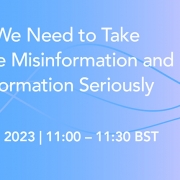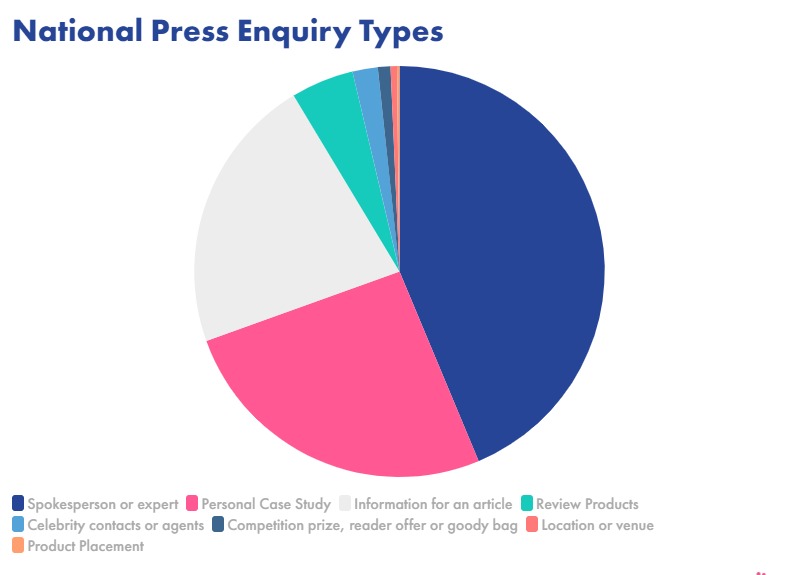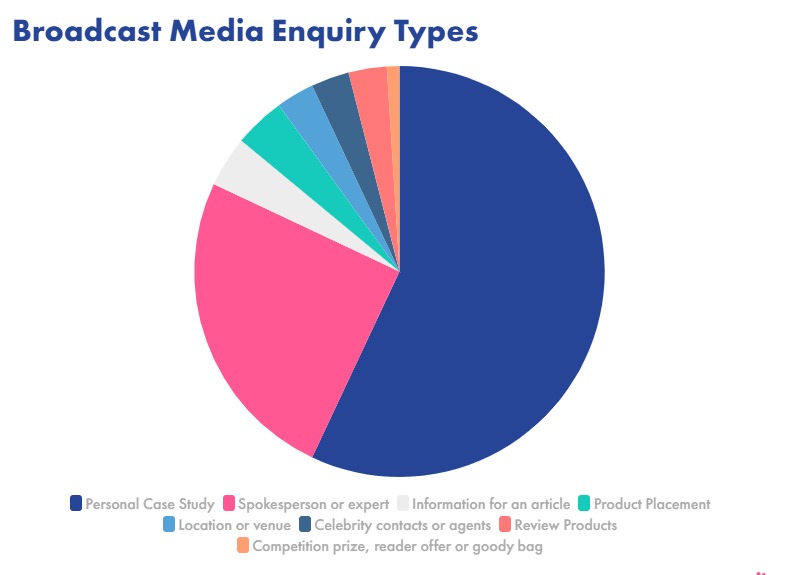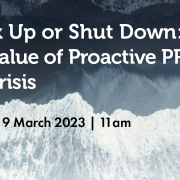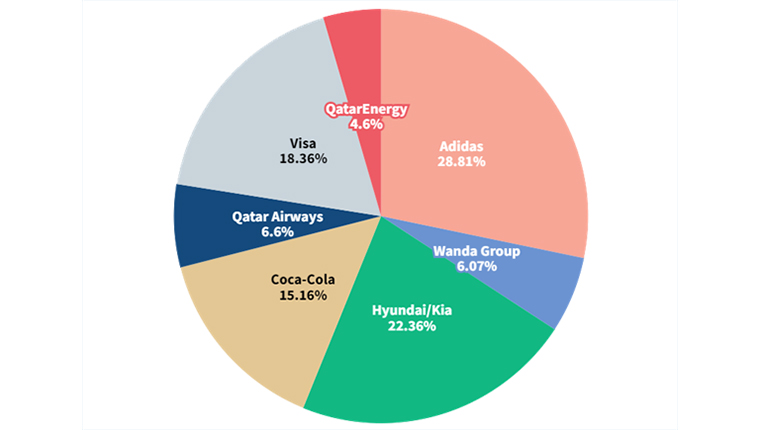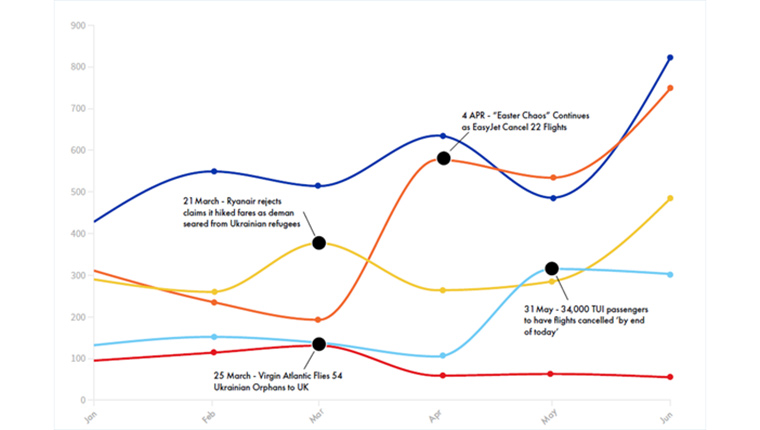What is SEO PR? Why using a combined Digital PR and SEO strategy is the key to success
Good content and outreach are the foundation of digital PR and SEO, so it makes sense to formulate a combined strategy to help drive traffic, increase visibility and generate valuable publicity for your content.
In this article, we’ll explore how Digital PR and SEO can come together to form an integrated SEO PR strategy and the benefits of bringing these disciplines together to accelerate success online.
Table of Contents
What is SEO?
SEO, short for Search Engine Optimisation, refers to the process of driving organic traffic from search engines to your website, using a set of practices designed to get your content to rank better in the SERPs (search engine results page).
Most people discover content online from organic search results, so a good SEO strategy is key for driving traffic to your website.
Google’s algorithm is responsible for determining where pages rank for a specific search query, and this is dependent on how compliant pages and content are with Google’s ranking factors.
To optimise your content to rank highly in search engines, you’ll need to consider:
1. Keyword research
Keyword research is the vital first step when optimising your content for SEO purposes. Paid SEO tools such as SEMrush, Moz and Ahrefs provide extensive keyword data, covering everything from competitor analysis, gaps in your keyword research and keyword difficulty to help you make informed decisions when finding keywords to target in your content.
However, free platforms such as Google’s Keyword Planner and Google Trends are also valuable for finding relevant keywords. You’ll still find essential insights like search volume to help you select the higher-priority keywords that will help you drive traffic, but paid sites offer more data to ensure you utilise the right keywords for your content.
2. On-page SEO and page structure
On-page SEO is the vital optimisation stage. Once you know which keywords you’re targeting and you have your content written up, on-page SEO techniques are essential if you’re hoping to drive traffic and get your content ranking highly in the SERPs. On-page SEO includes:
Header tags
Structuring your content with appropriate header tags. This not only makes your content more readable for both users and search engines, but gives you the opportunity to highlight your primary and secondary keywords. The H1 on your page should also include the primary keyword and acts as the main title at the very top of your page, while H2s and H3s mark the following subheadings.
Page title and meta description
A page title and meta description are the first element of your content users will interact with in the SERPs, giving them a chance to preview the subject of your content as a snippet, ultimately influencing whether they engage and whether your snippets attract clicks. Beyond that, a well-structured page title and meta description, including your keywords, will indicate to crawlers and search engines what your page is trying to rank for.
Keywords
So, now you’ve done all your keyword research and selected the most relevant phrases with significant search volume, using keywords doesn’t stop at your header tags. Using your keyword throughout the body of your content is essential for indicating to both users and search engines that the entirety of your content is relevant and adequately answers the search query the keywords are targeting.
While the first section of your content is arguably most important for engaging the user and keeping them reading on to lessen the chance of a high bounce rate, using variations of your keyword throughout you can signal to search engines what your content is about, helping you rank higher in the SERPs for your primary keyword.
However, using keywords in the body of your content will only be effective if you avoid keyword stuffing. Only include your keywords if it feels natural and purposeful, as search engines like Google can pick up on the relevancy of keyword use, and black hat SEO tactics often do more harm than good.
Images and videos
Using visual aids on the page works alongside your content by enhancing your overall message and engaging the user by splitting up large chunks of text that would appear weighty. According to Search Engine Land, web content done right should be designed for skim reading, as it’s found that online audiences ‘scan through it in order to find quick visual cues that will help them get the information they want. When they see something that appeals to them, they’ll stop and read more thoroughly’.
But, beyond ensuring your content is user-friendly and readable, optimising your images and videos with relevant file names and alt text helps to boost both SEO and accessibility. From an SEO perspective, descriptive alt text helps Google understand your image and how it relates to your content.
Internal and external links
Internal and external links with optimised anchor text focused on relevant keywords are vital for your content to rank highly in the SERPs. The first step is to understand the difference between internal and external links.
Internal links direct to a target page on your site, increasing engagement by providing users with a call-to-action where they can follow up on further information about a particular topic. As well as that internal links also help to direct crawlers around your site, helping search engine bots navigate your site and find other related pages. On the other hand, external links point to another website – linking to trustworthy material that helps to back up your content from an authoritative source improving your content’s credibility.
When using internal and external links, it’s also essential to optimise your anchor text to ensure users and search engines understand what the webpage you’re linking to is about and how it relates to your content. Anchor text, or link text is the clickable text of a link within the body of your content; it’s typically displayed in blue and underlined. Using keyword-rich anchor text that’s relevant, natural and varied will help your content rank.
3. Building links to your content
Link building is arguably one of Google’s most significant ranking factors in SEO. As mentioned in the above point outlining internal and external links, relevant links pointing out from your content to authoritative sites can help to position the article as trustworthy in the eyes of Google.
The other side of that, however, is that other websites can also link to your content, positioning it as an authoritative and expert source of reference – in SEO, these are called backlinks. An easy way to think of a backlink is as a ‘vote of confidence’; the more backlinks you acquire from credible sites, the higher your content can rank in the SERPs.
Acquiring backlinks are where traditional PR techniques come to play, as outreach is a common theme for both PR and SEO. While creating high-quality content means you’ll increase the chance of your article being found and linked to organically, SEOs regularly practise outreach for link building to promote the article and ask relevant people, bloggers, organisations or websites to link to your content.
Knowing this, the natural affinity between PR and SEO is apparent. Backlinks are one of the most fundamental elements of successful SEO, and Digital PR methods can aid this enormously.
What is SEO PR, and how is it different to traditional PR?
Aided by the knowledge of SEO foundations, it’s time to apply all you already know about Digital PR with SEO techniques to build your SEO PR strategy.
Now more than ever, PR and SEO are being thought of less as separate disciplines but as intrinsically linked due to their shared requirements for success – high-quality content and credible and authoritative media coverage or backlinks.
So, what is SEO PR, and how can it be understood? In short, SEO PR isn’t too dissimilar from traditional PR. SEO PR is still centred around creating high-quality content or campaigns and pitching to media to secure coverage but with the bonus of SEO-optimised content stemming from keyword research and on and off-page SEO tactics to generate organic traffic and discoveries from the SERPs.
SEO PR shouldn’t be considered a replacement for traditional PR methods but as PR and SEO working together and complementing each other for even greater success within campaigns, content and coverage.
However, one key difference is how PR and SEO professionals track the success of content and campaigns and the metrics they measure. While traditional PRs measure content success using metrics such as volume, reach, media opportunities, social engagement, and sentiment, SEOs measure organic traffic, keyword rankings, search visibility, revenue, sessions, and bounce rate.
The beauty of Digital PR and its primary focus on online forums is that PRs can use SEO metrics to measure the success of their online campaigns, all while propelling the reach of their content through SEO optimisation. On the flip side, SEO benefits from quality backlinks and general brand awareness – strengthened and supported by Digital PR expertise.
Top ways to implement a SEO PR strategy as a Digital PR professional
So, now you know how to optimise your content using SEO techniques, it’s time to combine what you already know about Digital PR and SEO to implement your winning SEO PR strategy.
Below, we’ll explore the synergy of PR and SEO to weave out the top ways you can actualise your combined strategy as a Digital PR professional:
Better understand your target audience with keyword research
The best way to guarantee your content creates a buzz and becomes a newsworthy piece picked up in the media is by directly appealing to your audience and what they’re currently talking about online.
With keyword research tools, as previously discussed, you can find out which keywords your audience is interested in and the volume of the search queries surrounding a specific subject.
Once you have a better idea of your audience, the topics of interest, and the keywords they’re using to discuss the subject online, you can tailor your word usage to reflect your target audience and become more aware of the media outlets your target audience are likely to engage with.
Target sites with a high Domain Authority (DA)
Domain Authority (DA) is a metric devised by Moz to measure how authoritative a site is. Websites are given a score from 1 – 100, 100 being the best possible score and a greater probability of ranking highly in the SERPs.
Link data is the principal determiner of an authority score. Sites with a large amount of high-quality external links will have a higher DA, and smaller sites with fewer external links pointing to them will have a lower DA.
With this in mind, it makes sense to consider the DA of sites you’re outreaching as part of your SEO PR strategy. Use SEO tools, such as Moz and SEMrush, to factor in a site’s DA when compiling your media outreach hit list, as a backlink from a website with a high authority score is an SEO PR win.
PR link building: focus on building high-authority backlinks through Digital PR campaigns
As we all know, PRs are experts in outreach, which is why Digital PR and SEO work together so well. Once you’ve compiled a list of relevant websites with high DAs, it’s time to start the SEO PR outreach effort to ‘earn’ high-authority backlinks.
Digital PRs are specialists in media relations, pitching and press release distribution, making them experts in outreach and acquiring links – something many SEOs describe as one of the hardest parts of the job.
In SEO, for a backlink to be considered high-authority, the links must be ‘earned’ and not paid for, meaning obtaining links from sites with high DAs, such as the BBC or Forbes, is a challenging endeavour that can often take time.
Digital PRs have the expertise of putting time into researching journalists and knowing how to grab their interest with a tailored pitch, making Digital PR link-building essential to successful SEO.
So, is SEO PR the future for Digital PR professionals?
The natural synergies between Digital PR and SEO make both disciplines invaluable to the other. By using these SEO techniques, PRs can optimise their content to increase visibility across search engines, drive traffic for your brand and monitor the success of Digital PR campaigns. On the other hand, SEOs can utilise the expertise of Digital PRs to acquire high-quality backlinks to increase the authoritativeness of a website.
While SEO PR isn’t a replacement for traditional PR techniques, it embraces the natural link between Digital PR and SEO that professionals can combine to form a strategy that brings substantial success.
For more guidance on SEO best practices, download our white paper.





